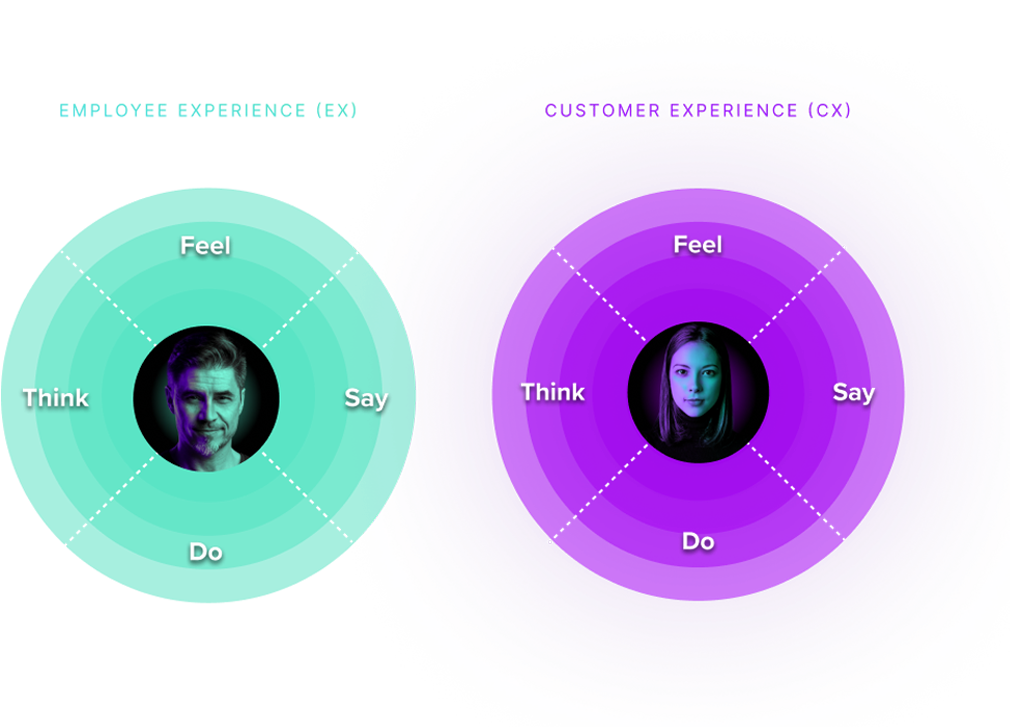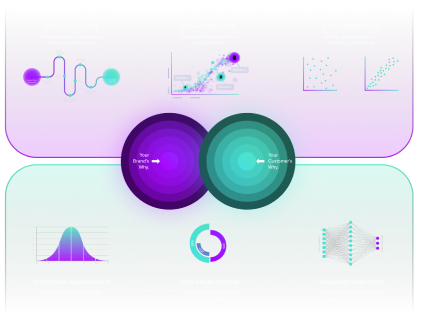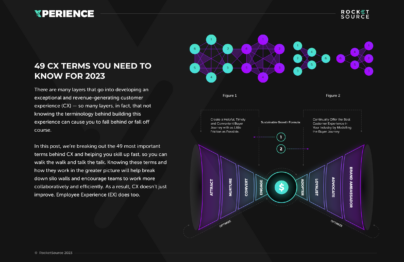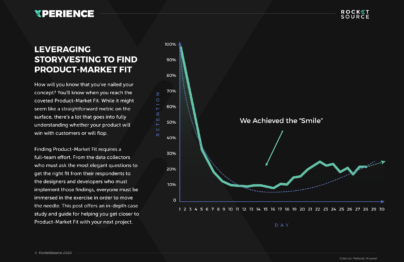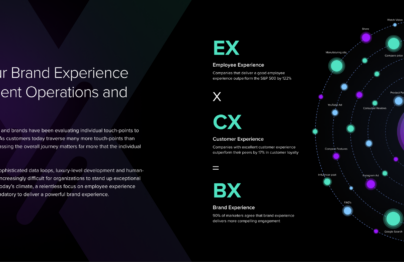Generative AI isn’t new technology. However, how this artificial intelligence is being infused into the enterprise world is new. This fresh approach to an already technologically driven market has caused many organizations to feel uncertain about where and how to adopt the new tools for their people, across their processes, with their current platforms, and ultimately, within their products.
Despite hesitations, organizations know that now is the time to buckle up and figure out how to strategically and intelligently infuse transformative tools for their company’s greater good. Move too quickly, and the output of generative AI could erode employee and customer experiences. Move too slowly, and the same erosion could occur. Instead, it’s about finding the right middle ground and moving at a pace that will push the enterprise forward without falling victim to the unforeseen consequences of adopting these tools too quickly.
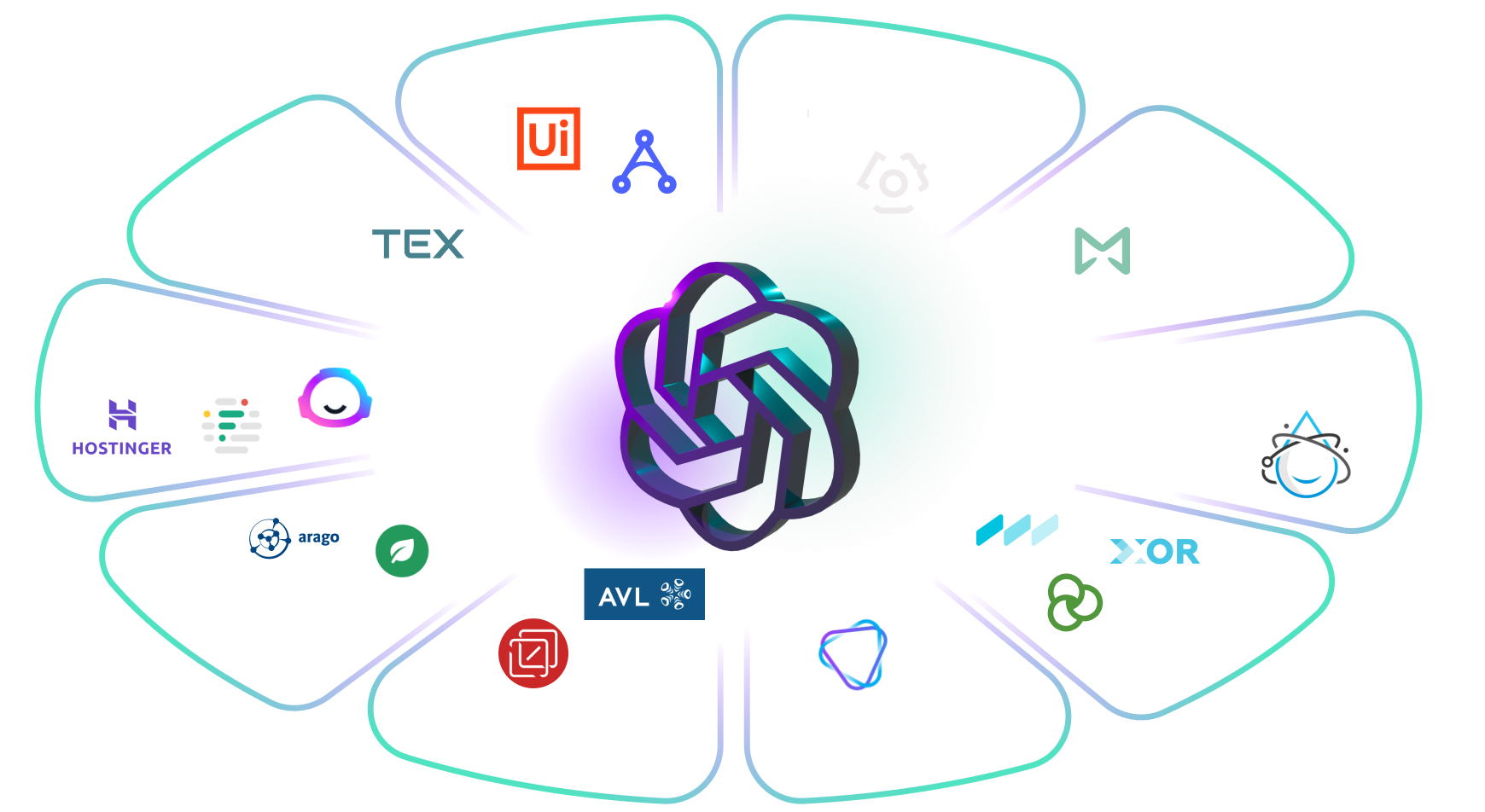
How Did We Get to This Age of
Generative AI?
There is a lot of buzz about “artificial intelligence” in the enterprise space, yet few understand the history of how it was developed and how we arrived at this new era of generative AI. Artificial intelligence itself isn’t new. The only thing that’s changed rapidly as of late is how the technology is being used in such a prolific way.
Artificial intelligence a decade ago looked different. This technology was hyperspecific when connecting one pathway to another pathway to form a conclusion. Today’s tools, such as ChatGPT, Dalle, Midjourney, and a plethora of others, now analyzes information from a wider swath of publicly available resources, such as news outlets, websites, public government information, books, podcasts, social media, and more. It can then form conclusions based on the multitude of data sources to answer requests, create designs, and converse with humans more realistically.
What’s Possible With Generative AI?
Because Generative AI leverages various inputs to form its output, the range of possible responses is much larger. Text-generating chatbots can answer customer concerns faster than waiting in a queue for a human. Blog posts can be written in seconds rather than hours using a bot to pull from all the many sources online to form the post. Generative AI can even match a person’s tone and timber of voice, making it feel like a human is talking to another human.
From image and music generation to data augmentation and software development, there’s a tremendous range of ways enterprises can leverage this technology. The capabilities of these tools are escalating quickly. The question now isn’t necessarily if the technology can perform a task. The question is how well it can perform the task and if it is good for humanity to have bots taking over in these many areas. The answer, we argue, lies somewhere in the middle.
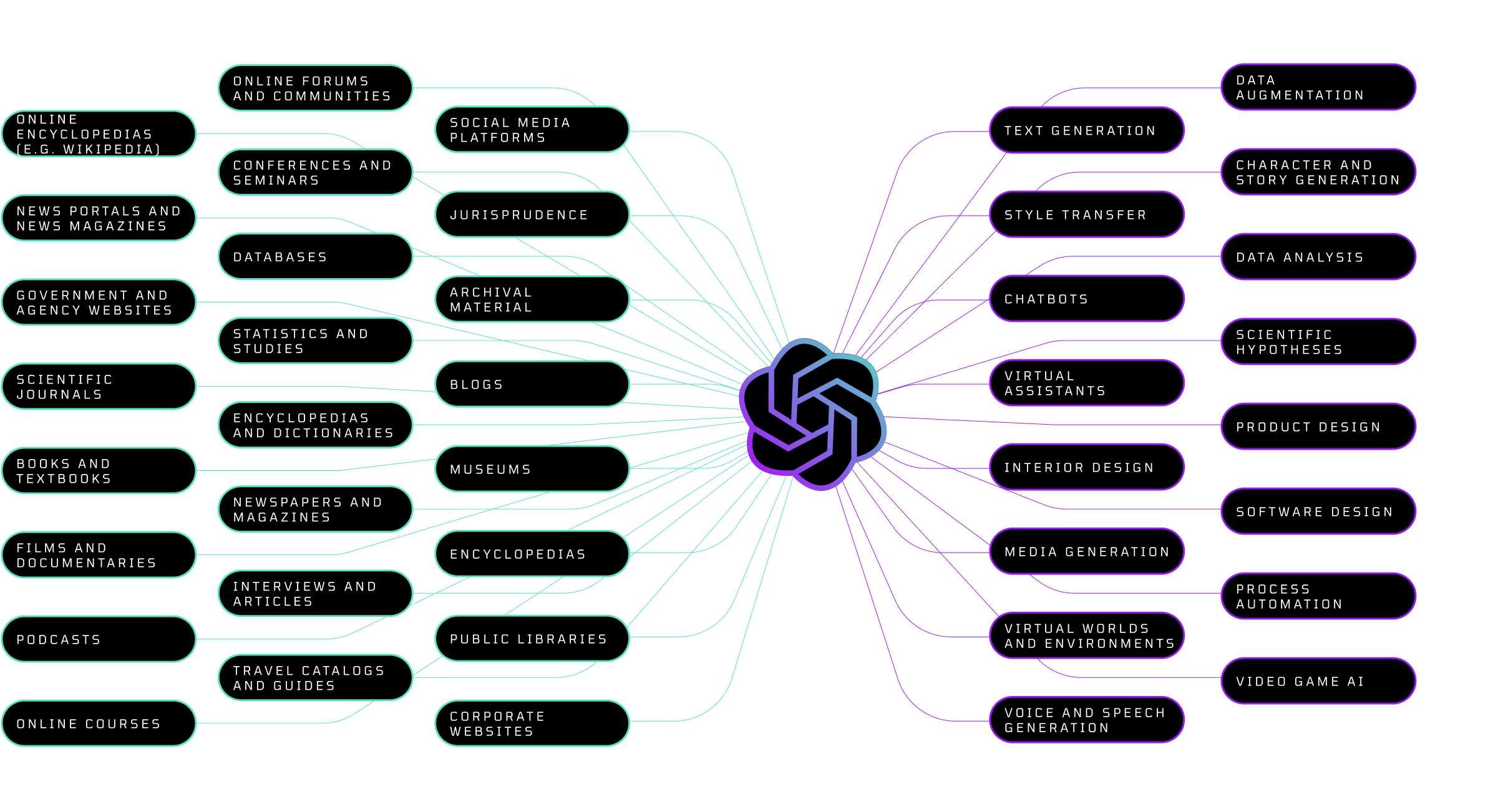
Navigating the S Curve of Growth With Generative AI
While we’re still at the start of how generative AI will infuse into our daily lives as consumers, enterprises are now at an inflection point where leaders must decide what’s next for their organizations. It’s a losing battle to try to beat generative AI. Instead, generative AI must be adopted into strategies for enterprise organizations to stay relevant in this fast-changing climate. Taking those next steps without bolting into unknown territory requires intentional thought, a deep understanding of these tools, and a problem-solving framework built for enterprise.
Hesitating to adopt generative AI into your organization will push you down the path of obsolescence or cause you to stagnate. On the other hand, moving too fast by uprooting old processes and platforms in exchange for the promise of generative AI could cause the same result.
The RocketSource team are expert at simplifying the complexities associated with decision strategies like the one enterprises face today with generative AI. As you navigate this tightrope toward the right approach to generative AI, you’re encouraged to keep humanity front and center in that decision-making.
To navigate the thin line between too much and too little adoption of this technology, we use our proprietary StoryVesting framework. This framework allows us to look at tools like generative AI through the lens of experience management. We can then whittle down what’s beneficial when delivering a sublime, competitive experience for customers and employees. This keen understanding can guide you toward navigating complex decisions about generative AI and other major inflection points in the market.
Customer Experience (CX) Terms
- 360° Degree View of the Customer
- AI Ops
- Barlow Bands
- Behavioral Triggers
- Bow Tie Funnel
- Brick-to-Click
- Business Impact Analysis (BIA)
- Cognitive Computing
- Cohort Analytics
- Content Mapping
- Conversational User Guidance
- Customer Data Profile
- Customer Experience (CX)
- Customer Friction
- Customer Insights Map
- Customer Journey
- Customer Journey Mapping
- Customer Satisfaction (CSAT)
- Customized Ratios
- CX Intelligence
- CX Led Growth
- CX Metrics
- Data as a Product (DaaP)
- Data as a Service (DaaS)
- Data Culture
- Data Driven
- Data Engineering
- Data Fabric
- Data Governance
- Data Humanization
- Data Hygiene
- Data Looping
- Data Mapping
- Data Mining
- Data Modeling
- Data Monetization
- Data Swamp
- Data Visualization
- Data Warehouse
- Data-Centric
- Descriptive Analytics
- Diagnostic Analytics
- Digital Asset Management (DAM)
- Digital Transformation
- Dirty Data In Dirty Data Out
- Embedded Intelligence
- Empathy Mapping
- Employee Data Profile
- Employee Experience (EX)
- EX to CX Data Mapping
- EX to CX Mapping
- Experience Management (XM)
- Gap Analysis
- Generative AI
- Human-Centered Design (HCD)
- Journey Analytics
- Machine Learning (ML)
- Managed Agile Services on Demand
- Modified Hoshin
- North Star Metric
- Party Data
- Pathway to Purchase
- Predictive Analytics
- Product-Market Fit Mapping
- Real Time Design Looping
- Revenue Acceleration
- RevOps
- S Curve of Growth
- Stack Impact Analysis
- StoryVesting
- Table Stakes Testing
- The 3 P’s
- User Experience (UX)
- User Insights Map
- User Interface (UI)
- Voice of the Customer (VoC)
- Voice of the Employee (VoE)
- World Cloud Generator Sentiment Mining
- X Analytics

